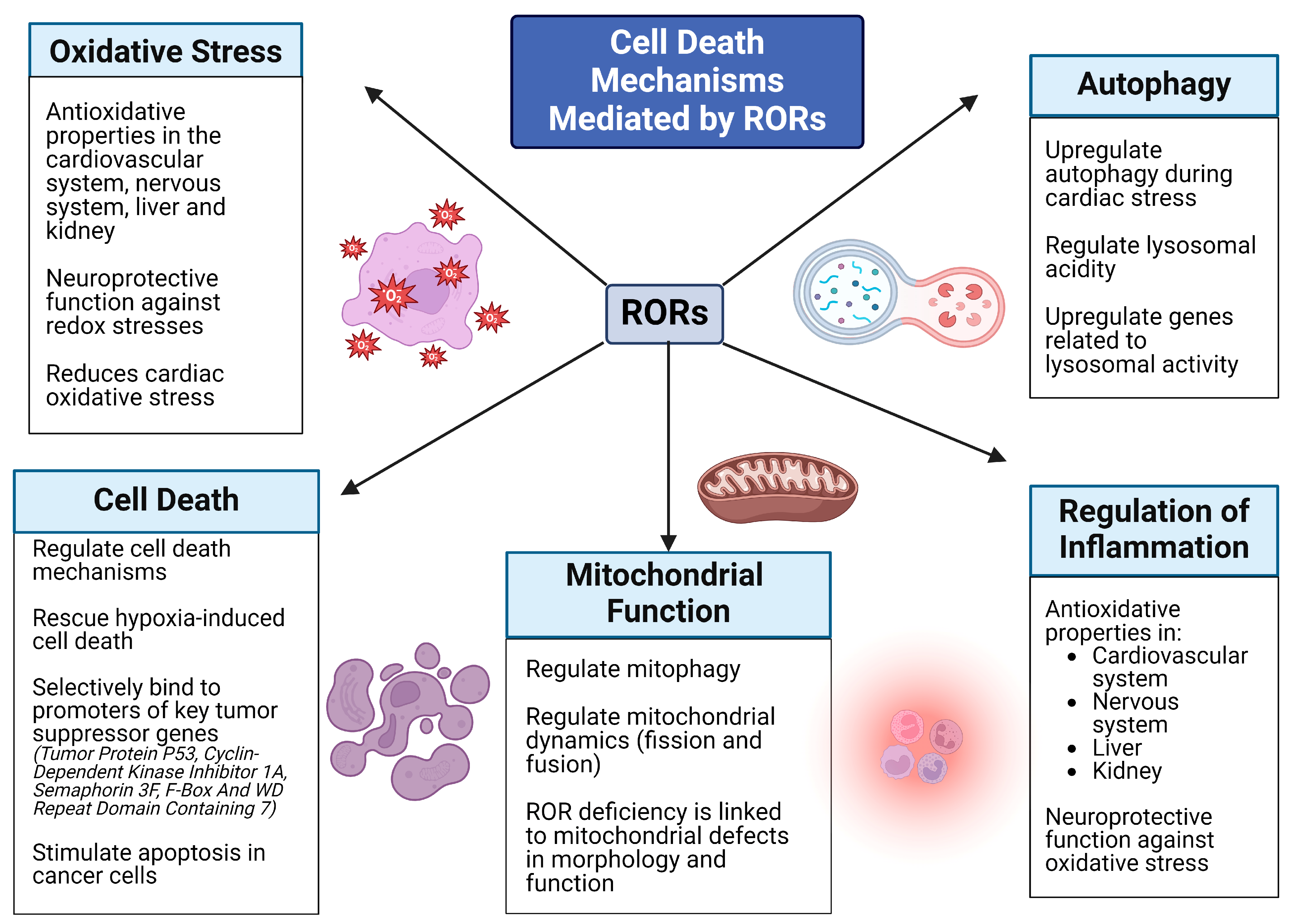Receptors Deorphanization Service
-
High-throughput screening using a comprehensive human membrane protein array
-
Native conformation and stable functional activity of expressed membrane proteins
-
Broad ligand compatibility, including antibodies, proteins, viruses, exosomes, and more
-
Multi-channel signal acquisition with background correction algorithms
-
Integrated design and execution of orthogonal validation experiments
-
Bioinformatics-assisted functional annotation and mechanism prediction
-
Customized experimental plan and feasibility report
-
Raw signal data and high-resolution binding images
-
Heatmaps and ranked receptor interaction list
-
Functional annotation and pathway analysis of hits
-
Validation strategy recommendations
Cell surface receptors are essential components of cellular communication, signal transduction, immune surveillance, and homeostatic regulation. Among them, a unique class known as orphan receptors refers to those that are structurally homologous to known receptors but lack an identified endogenous ligand. These orphan receptors are frequently found in families such as G protein-coupled receptors (GPCRs), nuclear hormone receptors, receptor tyrosine kinases (RTKs), and other membrane-bound proteins.
The absence of ligand information limits the exploration of orphan receptors’ signaling pathways, physiological roles, and disease relevance. However, emerging studies suggest that some orphan receptors function as immune checkpoints, regulating T cell activation, immune evasion, and tumor immune responses. Therefore, systematically conducting research on the deorphanization of orphan receptors, that is, finding their ligands and signal regulation relationships, has become an important direction for revealing the nature of life activities and developing new targeted therapies.

Nematisouldaragh, D. et al. Int. J. Mol. Sci. 2024.
Figure1. Summary of the Different Roles of RORs in Cell Death Mechanisms
Traditional receptor-ligand identification methods—such as yeast two-hybrid systems, affinity chromatography, or overexpression screening—often suffer from low throughput, high costs, and suboptimal physiological relevance. To address these limitations, MtoZ Biolabs has launched the receptors deorphanization service based on the Human Membrane Protein Array (HMPA) platform, aiming to provide clients with high-throughput and systematic screening of orphan receptor ligands along with functional annotation to accelerate target discovery and functional research.
Service at MtoZ Biolabs
As a leading biotechnology company specializing in antibody specificity analysis and protein interaction research, MtoZ Biolabs has developed a comprehensive Human Membrane Protein Array screening platform by integrating advanced membrane protein expression technologies, automated imaging systems, and expert bioinformatics analysis. Our Receptors Deorphanization Service is specifically designed for receptor deorphanization studies, enabling systematic identification of ligand-receptor interactions to support basic and translational research across immunology, oncology, neurology, infectious diseases, and other related fields.
Our Receptors Deorphanization Service includes:
Technical Principle
The core of MtoZ Biolabs’ receptors deorphanization service lies in our proprietary HMPA platform. This array consists of over 2000 full-length human membrane proteins, each transiently expressed in the membrane of live HEK293 cells. The panel includes key classes such as GPCRs, RTKs, immune checkpoints, adhesion molecules, ion channels, and more, preserving native protein conformation and functional activity.
During the screening process, client-supplied ligands—such as fusion proteins, antibodies, viral particles, exosomes, peptides, or small molecules—are labeled with detectable tags (e.g., fluorescence, biotin, HRP). The labeled ligand is then incubated with the HMPA array, allowing real-time interaction with a comprehensive library of surface-expressed membrane proteins.
Signal acquisition is achieved using a high-resolution automated imaging system that captures binding events across the array. Quantitative data analysis distinguishes specific from non-specific interactions, while positive hits undergo orthogonal validation (e.g., co-immunoprecipitation, flow cytometry, ELISA, or functional assays), ultimately confirming the identity of the receptor-ligand pairs.
Why Choose MtoZ Biolabs?
✅ Comprehensive Array Coverage
Featuring over 2,000 full-length human membrane proteins, encompassing major receptor families and signaling pathways.
✅ Native Expression and Structural Integrity
All membrane proteins are expressed on the surface of mammalian cells, preserving native conformation and functional activity to ensure high binding fidelity.
✅ High-Sensitivity Detection Platform
Utilizes high-resolution fluorescence scanning combined with background correction and noise reduction technologies for accurate quantitative
analysis.
✅ Broad Ligand Compatibility
Compatible with diverse ligand types such as Fc-fusion proteins, antibodies, viral particles, and more, meeting a wide range of research needs.
✅ End-to-End Integrated Solutions
From initial screening to downstream functional validation, we provide comprehensive experimental design and mechanistic research support to accelerate publication or project progress.
Applications
The receptors deorphanization service from MtoZ Biolabs is applicable across a broad spectrum of life science research and drug discovery areas:
1. Novel Immune Checkpoint Identification
Discover unknown ligands or receptors involved in T cell co-stimulation or co-inhibition, supporting the development of innovative immune checkpoint blockade therapies.
2. Pathogen Entry Mechanism Discovery
Uncover host receptors that interact with viral envelope proteins or bacterial adhesins to elucidate mechanisms of infection and inform vaccine or antiviral design.
3. Off-Target Screening for Therapeutic Molecules
Evaluate potential off-target interactions between therapeutic antibodies, fusion proteins, or peptides and the human membrane proteome, enhancing drug specificity and safety.
Deliverables
How to order?







